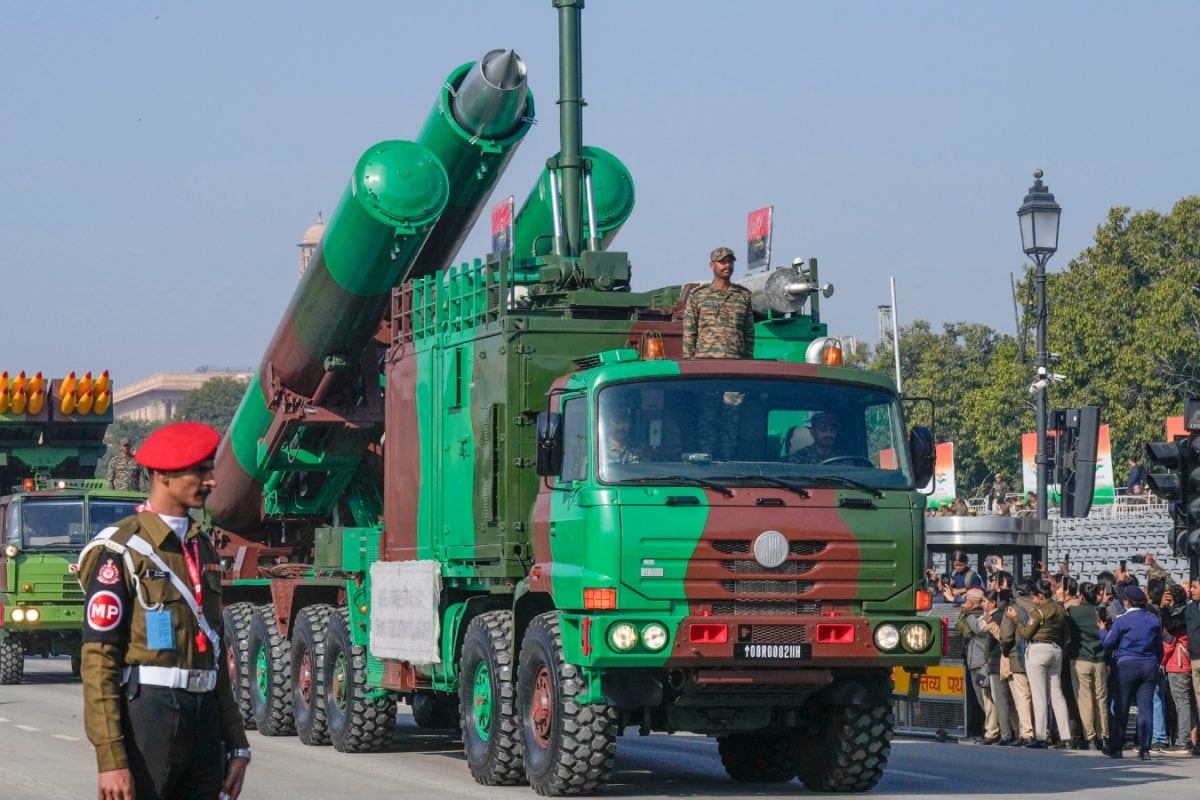

Tensions between India and Pakistan have escalated dramatically, with reports emerging of India's "Operation Sindoor," which allegedly involved the use of BrahMos missiles to strike targets within Pakistan. This action is said to be in response to a terror attack in Pahalgam, in Indian-administered Kashmir, on April 22, which resulted in the deaths of at least 26 tourists and has heightened existing tensions, with India accusing Pakistan of supporting cross-border terrorism. Pakistan denies these allegations.
According to reports, Operation Sindoor commenced on May 7, 2025, with the Indian Air Force (IAF) launching air-to-surface missile strikes on multiple Pakistani airbases, including Nur Khan in Rawalpindi, Murid (Chakwal), and Rafiqui. These strikes reportedly involved advanced systems like the BrahMos missile. The operation targeted what India claims to be "terrorist infrastructure" in Pakistan and Pakistan-administered Kashmir. Pakistan Civil Aviation Authority announced the closure of the country's airspace in response to the alleged missile strikes.
Pakistan retaliated with "Operation Bunyan Marsoos" (Solid Structure), aimed at halting India's strikes and defending Pakistan's sovereignty. Pakistan's military reported targeting Indian military sites, including a BrahMos missile storage facility in Beas, Punjab Province, and multiple airfields across the Line of Control (LoC). Pakistan has also claimed to have shot down more than 80 Indian drones.
India claims that the strikes were carried out with precision, targeting only identified military targets such as technical infrastructure, command and control centers, radar sites, and weapon storage areas. According to Wing Commander Singh, Pakistan military targets at Rafiqui, Murid, Chaklala, Rahim Yar Khan, Sukkur and Chunian were engaged using "air-launched precision weapons" by IAF fighter jets with the possible use of air launched BrahMos supersonic cruise missiles factoring in the distances of some of the bases from India. Radar sites at Pasrur and Sialkot aviation base were also targeted using precision munitions. India has emphasized its commitment to minimizing collateral damage. However, Pakistan alleges that civilian infrastructure was also targeted, including medical centers and school premises.
The strikes have had significant repercussions, with Pakistan reportedly placing its strategic installations in Rawalpindi, including offices linked to Pakistan's Strategic Plans Division, on high alert. There were also reports that Pakistan reached out to the United States for urgent intervention.
After four days of escalating military exchanges, including missile strikes, drone incursions, and artillery battles across the Line of Control (LoC), India and Pakistan agreed to halt all military actions on land, air, and sea, effective from the evening of May 10. However, India has accused Pakistan of violating the ceasefire, citing the sighting and interception of Pakistani drones in various locations in Jammu and Kashmir and parts of Gujarat.
India's alleged use of BrahMos missiles in Operation Sindoor marks a significant escalation in the ongoing tensions between the two countries. The situation remains volatile, with both sides trading accusations and engaging in military actions.